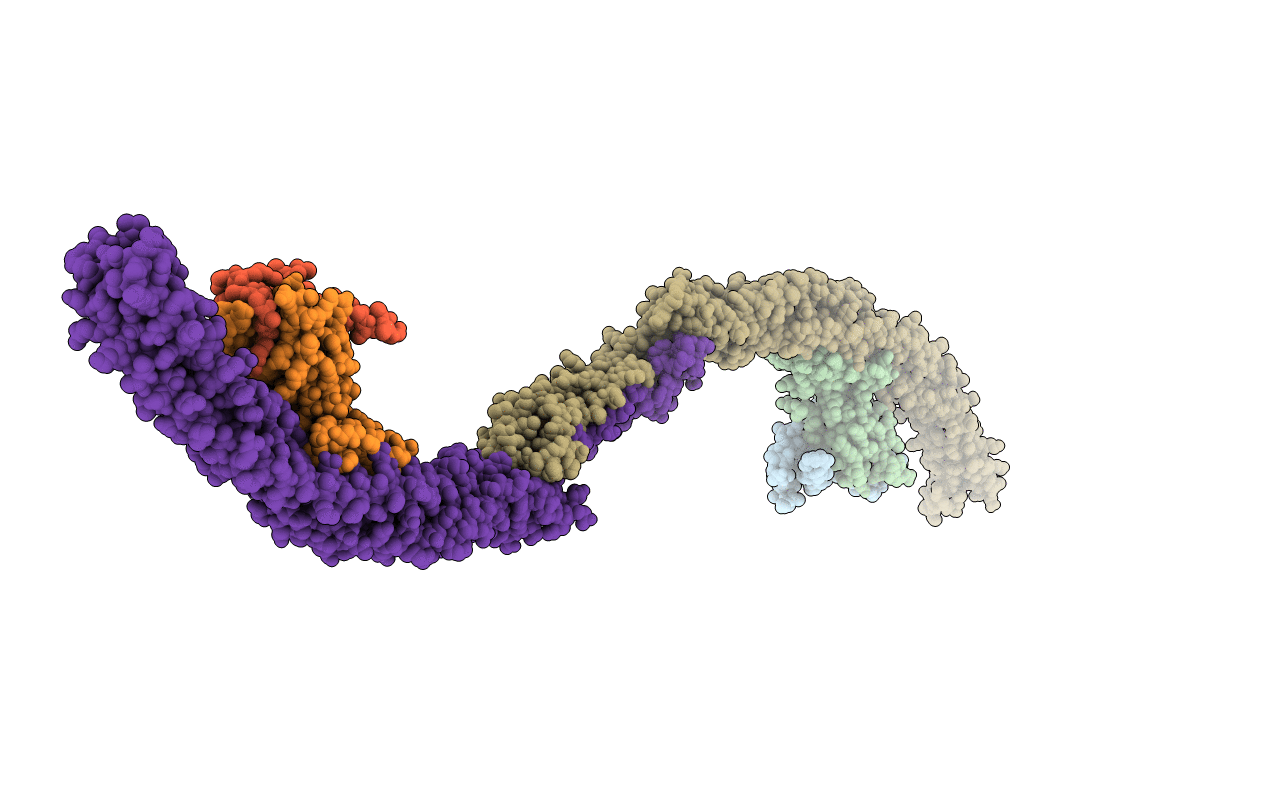
Deposition Date
2012-10-24
Release Date
2012-12-26
Last Version Date
2024-02-28
Entry Detail
Biological Source:
Source Organism:
Lachancea thermotolerans CBS 6340 (Taxon ID: 559295)
Host Organism:
Method Details:
Experimental Method:
Resolution:
3.06 Å
R-Value Free:
0.33
R-Value Work:
0.30
R-Value Observed:
0.30
Space Group:
P 1 21 1


